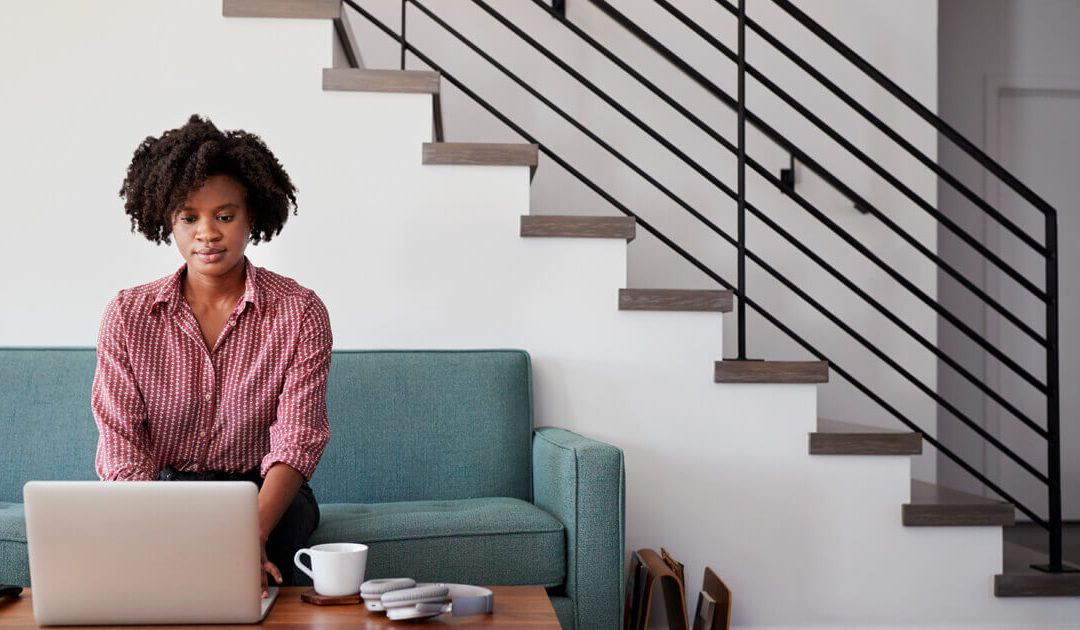Colors are a tricky thing. You have to use it in the proper way at the proper time and place for it to be truly effective. It doesn’t matter if it’s a painting, a sculpture, a graffiti or a web design, colors play a significant part in evoking emotions from its target audience.Now, to understand the psychology of color as it pertains to Lakeland web design, we have to first explain how it works:
Women prefer blue, purple and green
And they hate gray, orange and brown (though, there are exceptions, of course). Studies have found out that women have an aversion to earthy tones, but like primary colors with tints. If you visit sites for women, you’ll notice these websites’ use of blue, purple and green. Rarely do women websites use orange or brown in their web design.
Men like blue, green and black
In this case, it would be safe to say that both blue and green colors are safe bets for men and women, so these are the colors used by websites with no specific gender as target. Men, on the other hand, don’t like the colors purple, orange and brown, so stay away from these when creating a website for men.
Blue is the color of trust
Facebook, Chase, PayPal and Capital One have all blue-colored websites. Blue, according to psychology, promotes trustworthiness and serenity. If you use blue for your websites and landing pages, there’s a bigger chance your target audience may stay and browse them. Remember that blue also is a universally preferred color (both men and women like it), so it’s basically free of gender bias.
Yellow is for warning
Yellow is often used for road signs, wet floor signs and traffic signals. The color yellow is tricky to use in Lakeland web design because according to studies, it can both evoke happiness or anxiety from those that look at it. The color yellow is tied to memories and experiences, so if someone had a happy experience with yellow, seeing it would help them remember those treasured memories.
On the other hand, it can also cause anxiety, so it might also be good to use for “call for action” buttons. This yellow call for action can create just a tiny touch of anxiety for the website visitor to click on it and act on the call.
The general advice is to use the yellow color in small doses.


Recent Comments